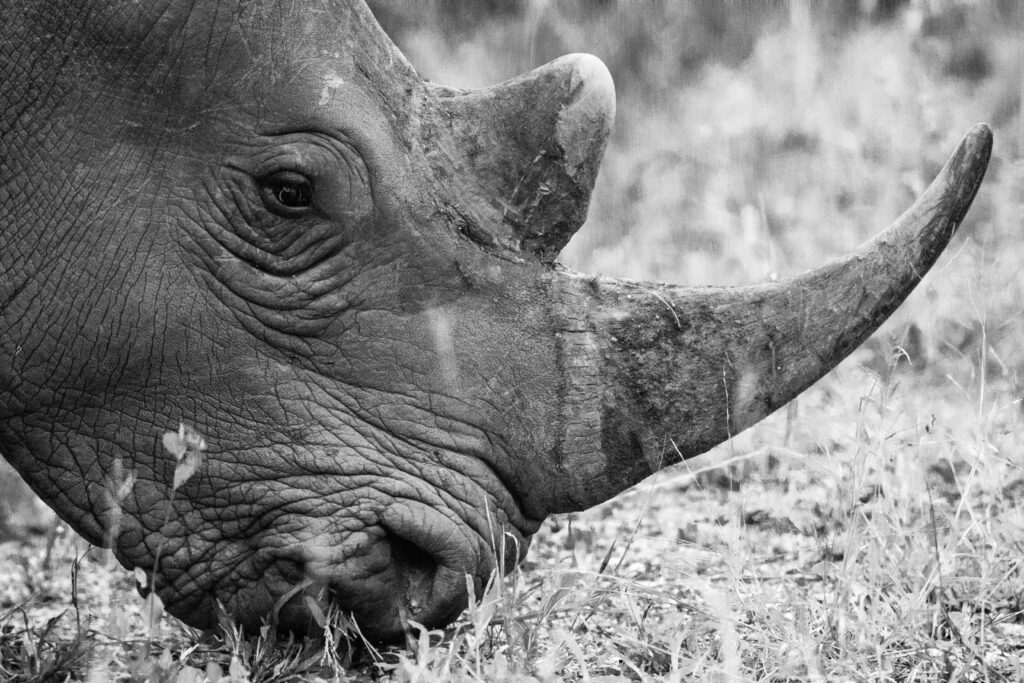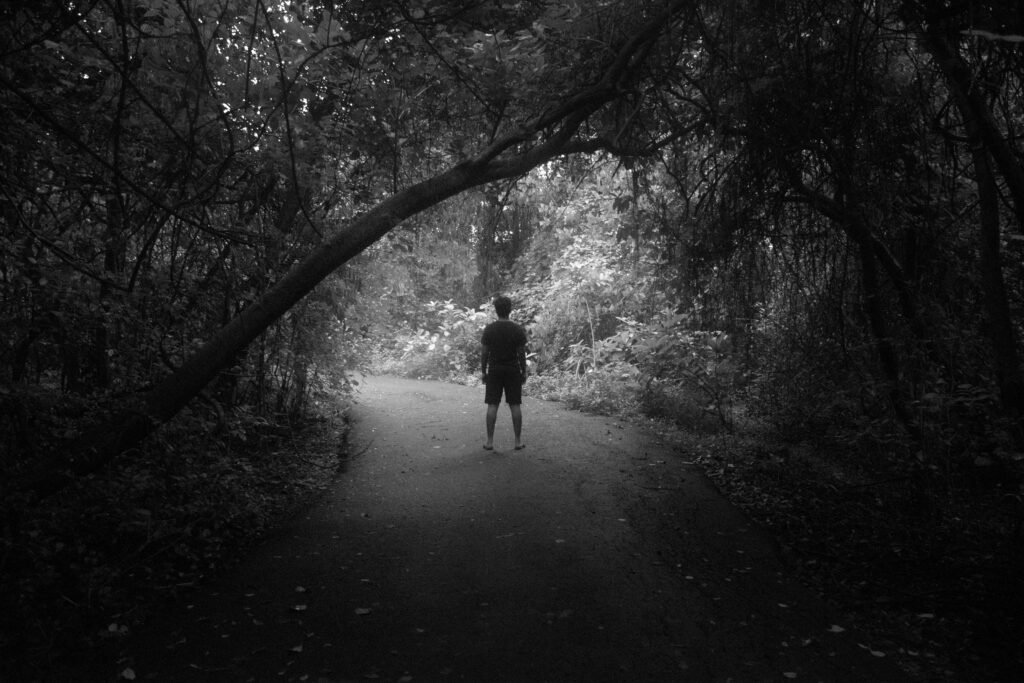Introduction
Polar bears are one of the most iconic animals of the Arctic, known for their striking white appearance. However, have you ever wondered, what color is polar bear fur? The answer is not as straightforward as it seems. Contrary to popular belief, polar bear fur is not actually white. Instead, its unique structure interacts with light to create the illusion of whiteness. This article explores the fascinating science behind polar bear fur, its adaptations, and how it helps these Arctic giants survive in their harsh environment.
The True Color of Polar Bear Fur
At first glance, polar bears appear to have pure white fur, perfectly blending into the icy landscape. However, when examined closely, polar bear fur is actually transparent and lacks any pigment. Each strand of fur is hollow, allowing it to scatter and reflect light, making the bear look white in its natural surroundings.
Why Does Polar Bear Fur Appear White?
The key reason polar bear fur appears white is due to light scattering. When sunlight hits the bear’s coat, the hollow hair shafts scatter the light in all directions. Because snow and ice also reflect most of the incoming light, polar bears seamlessly blend into their Arctic habitat.
Is Polar Bear Fur Really Colorless?
Yes, each hair strand is actually transparent. Unlike human hair, which contains melanin that gives it color, polar bear fur lacks pigment. The perception of white comes purely from how light interacts with the fur.
Does Polar Bear Fur Change Color?
Under different lighting conditions, polar bear fur may appear to change color. For example:
- In bright sunlight, polar bears appear bright white due to the high reflection of light.
- On cloudy days, they may appear slightly off-white or yellowish.
- In captivity, polar bears sometimes develop a greenish tint due to algae growing inside the hollow hairs.
How Does Polar Bear Fur Help in Survival?
The structure and properties of polar bear fur play a crucial role in survival. Living in one of the coldest environments on Earth, these animals rely on their fur for insulation and camouflage.
Thermal Insulation and Warmth
The fur of a polar bear is not only transparent but also extremely dense. Beneath the thick coat, they have a layer of black skin that absorbs and retains heat. This combination prevents heat loss and keeps the bear warm even in freezing temperatures.
Camouflage in the Arctic
Blending into the icy environment is vital for hunting. Since polar bears are apex predators, their white appearance allows them to sneak up on seals undetected.
Water Resistance and Adaptability
Despite spending significant time in water, polar bear fur repels moisture. The outer layer of fur sheds water quickly, while the dense underfur retains warmth even after swimming in frigid Arctic waters.
The Role of Skin in Polar Bear Appearance
Interestingly, beneath their thick fur, polar bears have black skin. The dark pigmentation helps absorb and retain heat from the sun, further aiding in survival. However, due to the dense, transparent fur, the skin is not visible under normal conditions.
Why Do Polar Bears Have Black Skin?
The black skin maximizes heat absorption from the sun. Even in extreme cold, this adaptation allows them to retain warmth efficiently.
Does the Skin Color Affect the Fur’s Appearance?
Since the fur is hollow and transparent, the black skin has little effect on the overall white appearance of the bear. However, under infrared photography, the heat absorbed by the skin can sometimes be detected.
Common Misconceptions About Polar Bear Fur
There are many myths surrounding polar bear fur. Let’s clear up some of the most common misconceptions.
Polar Bear Fur Is White
As discussed, polar bear fur is not actually white. It is transparent and only appears white due to light reflection and scattering.
Polar Bear Fur Glows in the Dark
Some people believe that polar bear fur can glow in the dark. This is false. The unique properties of the fur do not produce any natural luminescence.
Polar Bears Overheat Easily
Despite living in extreme cold, polar bears can sometimes overheat due to their dense fur and black skin. To regulate their body temperature, they often roll in the snow or take dips in icy waters.
Effects of Climate Change on Polar Bear Fur
With global temperatures rising, climate change is significantly impacting polar bears and their environment. Their fur, although highly adapted for Arctic conditions, faces new challenges.
Melting Ice and Habitat Loss
As sea ice diminishes, polar bears struggle to find food. They rely on ice to hunt seals, and with less ice, they must travel longer distances, leading to exhaustion and malnutrition.
Increased Algae Growth in Fur
In captivity and warmer conditions, algae growth inside the hollow hair shafts can turn polar bear fur green. This is not harmful, but it highlights the impact of environmental changes on their appearance.
Pollution and Its Effect on Fur Health
Toxic pollutants, including oil spills and plastic waste, pose a threat to polar bear fur. Contaminants in the Arctic environment can damage the insulating properties of their fur, reducing their ability to retain heat.
Frequently Asked Questions (FAQs)
What color is polar bear fur?
Polar bear fur is actually transparent and not white. It appears white due to light scattering.
Why do polar bears look white if their fur is transparent?
The hollow structure of the hair reflects and scatters light, making the fur look white in its Arctic surroundings.
Can polar bear fur change color?
Yes, under certain conditions, polar bear fur can appear yellowish, greenish (due to algae), or off-white depending on lighting and environment.
What is the function of polar bear fur?
Polar bear fur provides insulation, repels water, and helps camouflage them in the Arctic environment.
Does polar bear fur help them stay warm?
Yes, the dense fur and black skin work together to trap heat and maintain body temperature in freezing conditions.
Conclusion
So, what color is polar bear fur? While it appears white, the reality is that their fur is completely transparent. The way light interacts with the hollow hairs gives them their snowy appearance. This unique adaptation plays a crucial role in their survival, offering warmth, camouflage, and protection in one of the harshest environments on Earth. As climate change continues to impact polar bear habitats, understanding and protecting these incredible animals becomes more important than ever.

